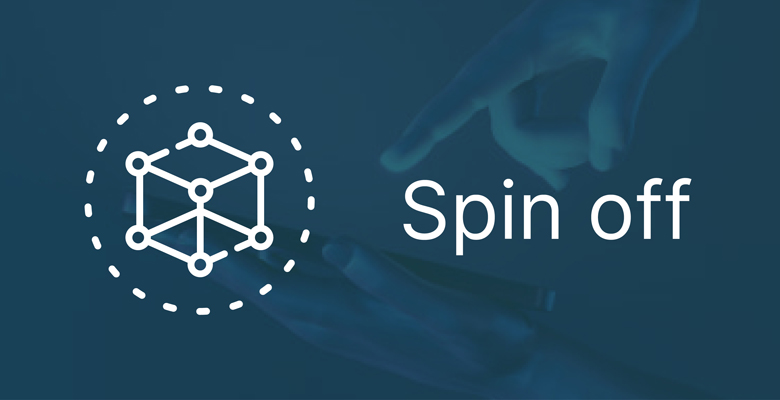PRESENTATION
Biomeris srl provides IT tools to support clinical research for data collection and management, mainly addressing the clinical-assistance structures active in the field of scientific research.
PRODUCTS AND SERVICES
It creates an IT infrastructure for the collection and analysis of data from research institutes, both in the biomedical and pharmaceutical fields (clinical tests, hospital admissions, anamnestic data, genetic data), with the aim of integrating and processing them with the same tool.
BIOMERIS is the only firm in italy specializing in installation support for i2b2 (Informatics for Integrating Biology and the Bedside) software that allows users to select patients of interest based on information coming from several sources and to analyze the obtained data.
Mantra is a clinical data collection software focused on flexibility and ease of use for multi-center and multi-role patient management.
IceTrack is the powerful and flexible biobank management software that is easy to use, implementing the standard functions of Biobank Information System and much more.
TEAM
Nicola Barbarini, COO
Mauro Bucalo, CTO
Matteo Gabetta, R&D Manager Morena Stuppia, Product Specialist Anna Alloni, Senior Developer
IT Consultant: Rita De Molfetta, Daniele Segagni, Cristiana Larizza, Giordano Lanzola, Davide Capozzi.
Paolo Magni, Administrative Consultant
Scientific Consultant: Riccardo Bellazzi, Alberto Malovini, Silvana Quaglini.
CONTACTS
Nicola Barbarini
Phone Number: +39 0382 985055
E-mail: info@biomeris.com
Website: https://www.biomeris.it/

